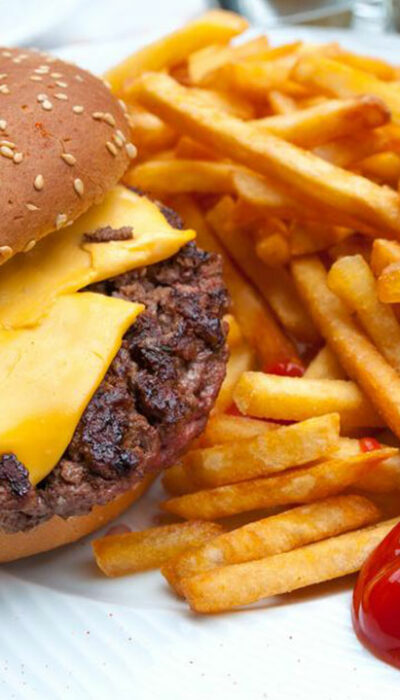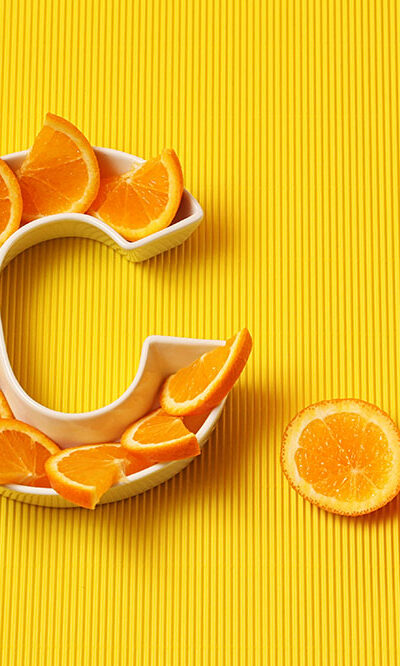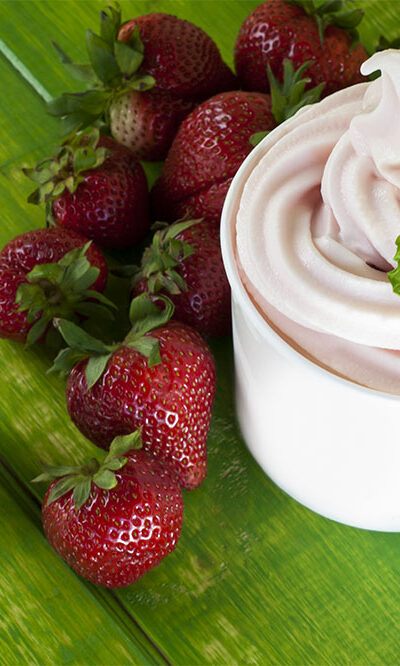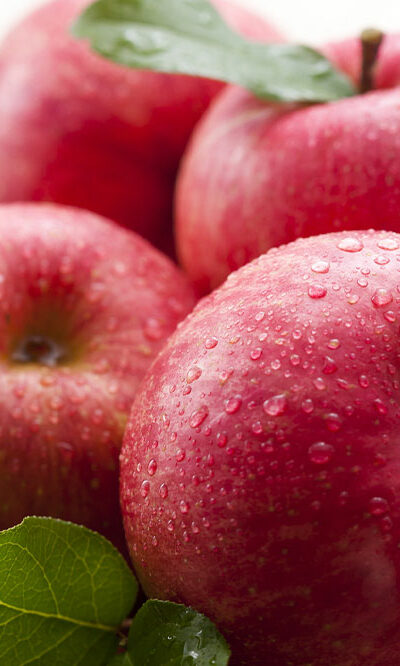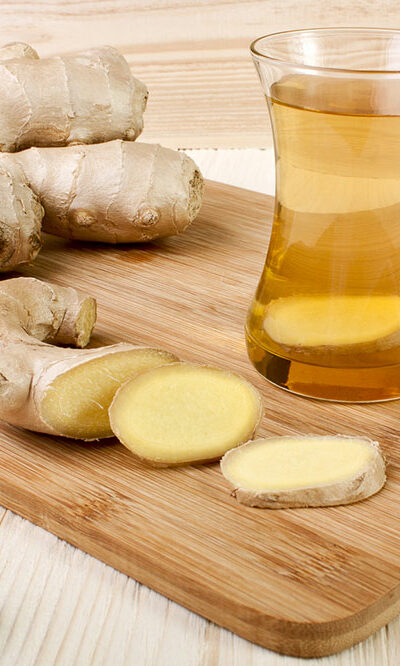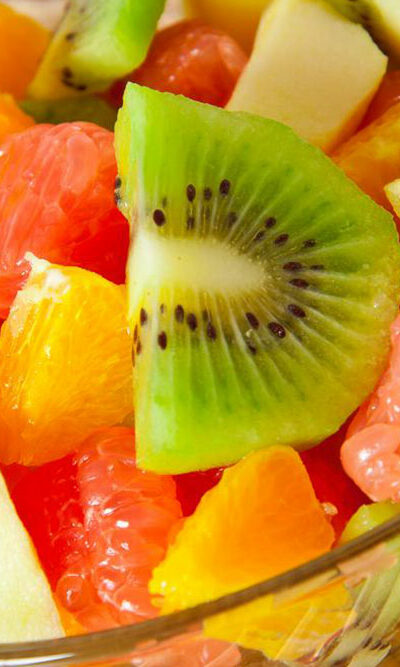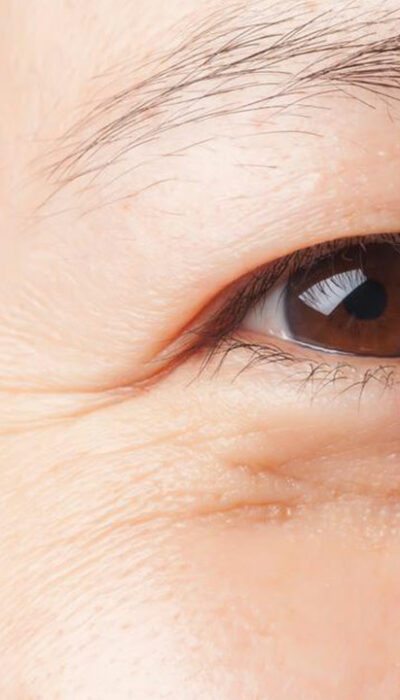
Herbal Treatments For Prostate Enlargement That You Can Try Today
The prostate is a small organ that wraps around the urethra in males. Prostate problems are fairly common in men, especially when they get older. The most common prostate issue in men is a prostate enlargement. This is called benign prostate enlargement or benign prostatic hyperplasia. The primary function of the prostate is to add fluid to semen to help in the mobility of sperm. Although the gland starts out small, as men get older there can be an increase in the number of cells in the gland which causes the prostate enlargement. This enlargement is often non-cancerous which is why it is said to be benign. Benign prostatic hyperplasia is not a life-threatening condition and can be managed efficiently. Lifestyle changes, medications, and herbal treatments for prostate enlargement are all useful in controlling this condition. Symptoms Of Prostate Enlargement The prostate gland is located behind the urethra just below the bladder. Any enlargement of the prostate will constrict the urethra. This will manifest as urinary symptoms. Common symptoms of prostate enlargement are: Frequent urge to urinate Difficulty initiating urination Incomplete voiding of the bladder Weak flow of urine Urinary incontinence (involuntary leakage of urine) Intermittency of urine flow (starting and stopping of the urine flow) Benign prostate enlargement is a progressive condition and will worsen over time. Effective management, including herbal treatments for prostate enlargement as well as medications, is necessary to prevent further complications. Treatment Options: Medical And Herbal Treatments For Prostate Issues Treatment involves a combination of medication, lifestyle changes, and herbal treatments for prostate enlargement. Herbal treatments for prostate issues is an excellent way to supplement the effectiveness of medicines. Medications The most commonly prescribed medications for this condition are alpha blockers and 5alpha-reductase inhibitors. Alpha blockers cause relaxation of the smooth muscles of the prostate and bladder neck which eases the flow of urine.
